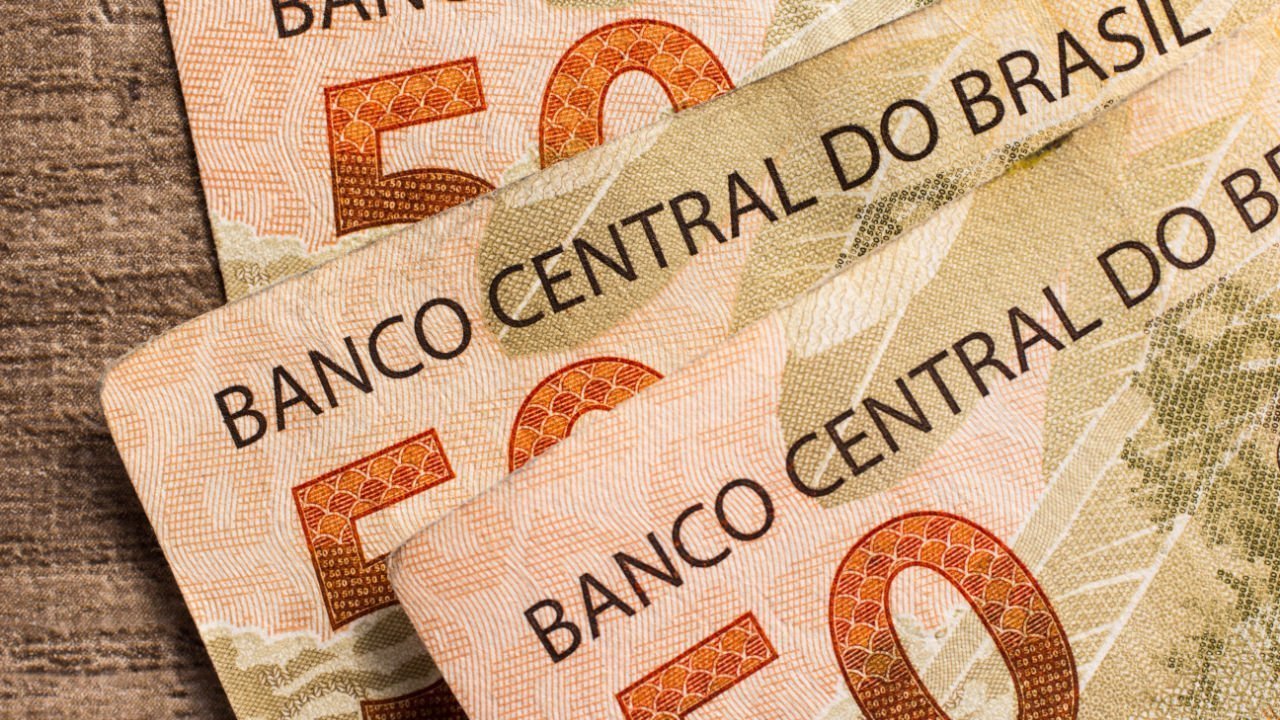Digital Real Pilot to Run on Ethereum-Compatible – Reports indicate that Brazil is making progress towards its goal of launching its own central bank digital currency (CBDC), the digital real, by the end of 2024. The country’s central bank has selected the open-source blockchain platform Hyperledger Besu as the foundation for the tokenized version of the digital real.
According to local analysts, the decision to use Hyperledger Besu as the underlying blockchain platform for Brazil’s digital real could have a significant impact on the country’s economic landscape. With the platform’s compatibility with Ethereum, it is expected that third-party developers will be attracted to create applications and services that utilize the digital real.
People Also Read: Reserve Bank of Australia Unveils Proposed CBDC Use Cases
This could create a more competitive environment, with new players entering the market and offering innovative solutions that could benefit consumers and businesses alike. However, some experts also warn that this shift towards a tokenized digital economy could potentially minimize the role of traditional banks.
With the ability to transact directly using the digital real, consumers and businesses may not rely on banks as much for their financial needs. On this, JC Bombardelli, CTO of ed-tech startup Gama Academy, stated: “I don’t think it’s a total nod to the defi world because that would mean giving up a lot of controls that the central bank would never want to have.”
Another reason for choosing Hyperledger Besu would be its open-source origins, which would allow the government to use it without having to pay for licenses. Tests for the tokenized version of Brazil’s digital real are set to begin this month, with the initial trials only involving the use of the digital currency for select transactions.
During these tests, the digital real will be issued by private banks and backed by deposits serving as collateral. The digital real will eventually have a two-tiered system in which the central bank will only entrust authorized institutions with the management of the real currency.
Fabio Araujo, who is responsible for overseeing the digital real projects at the Central Bank of Brazil, confirmed this structure, indicating that it is a necessary measure to ensure the stability and security of the new digital currency. Fabio Araujo stated: “The regulatory framework will be the current one to avoid asymmetries in relation to what exists today. The digital real will serve more for interbank transactions and the tokenized real will be a kind of stablecoin issued by banks.”
People Also Read: US Treasury and White House to Hold Regular Meetings on CBDCs and Payment Innovations
The digital real structure allows banks to keep their functions in the system and answers to a series of privacy and compliance worries. However, other CBDCs like the Chinese digital yuan, deliver the actual currency to its users and can be used directly to make and receive payments via a digital wallet.




